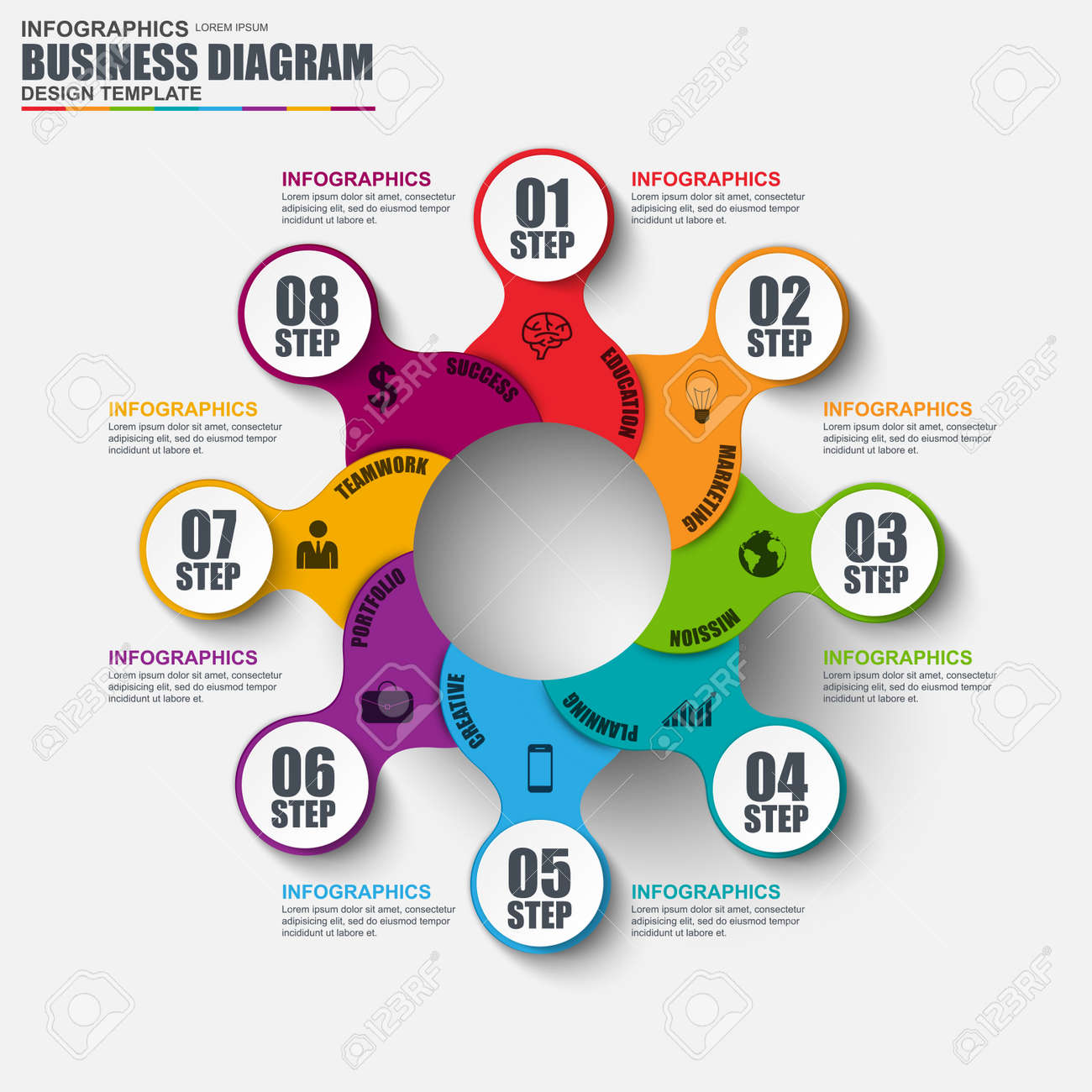Basic Elements Of Web Design: Standards For Developing A User-Centric Site
Basic Elements Of Web Design: Standards For Developing A User-Centric Site
Blog Article
https://rafaelvqkey.blogofchange.com/31684303/improve-your-company-through-powerful-seo-methods -Hall Secher
When it comes to website design, guaranteeing user-friendliness is essential. From Find Out More to structured navigating, every aspect plays an essential function in developing a site that satisfies your target market's requirements. Yet what about the finer information that can make or break a customer's browsing experience? Keep tuned as we reveal some often-overlooked ideas that can elevate your website's usability to the next level, making it absolutely stand apart in the digital landscape.
Relevance of Responsive Layout
Receptive style is an essential facet of modern internet site advancement. Guaranteeing your site is receptive means that it can adapt to various screen dimensions and tools, supplying a seamless experience for users.
With the boosting use of mobile phones and tablets to access the internet, having a responsive style is vital for getting to a broader audience. It aids in boosting user experience by making your site simple to navigate and keep reading any device.
In addition, responsive style can favorably impact your internet search engine rankings, as online search engine like Google prioritize mobile-friendly web sites. By having a receptive layout, you're likewise future-proofing your website, as new devices with varying display sizes remain to emerge.
Simplify Navigating Framework
To improve customer experience and help with very easy access to details on your internet site, simplifying the navigating structure is critical. When designing web development packages , focus on creating a clear and intuitive navigation food selection that assists site visitors locate what they're seeking swiftly.
Limit the variety of menu items to the fundamentals, grouping associated web pages together to avoid frustrating individuals. Use descriptive labels that plainly show the content of each page, making it much easier for individuals to recognize where each link will take them.
Think about executing dropdown food selections for subcategories to avoid cluttering the main navigating bar. Additionally, consist of a search bar plainly on the page for customers who choose searching for particular info.
Focus on mobile responsiveness in your navigating style to guarantee very easy access on all devices.
Enhance Page Load Speed
Improving web page load speed is important for maintaining visitors on your site. Slow-loading pages discourage individuals and can result in high bounce rates. To maximize Read the Full Report , begin by maximizing images. Press images without jeopardizing high quality to reduce their documents sizes.
Furthermore, allow browser caching to store often accessed resources in your area, quickening tons times for returning site visitors. Minify CSS, JavaScript, and HTML documents by removing unnecessary personalities, remarks, and format, boosting load rate.
Consider utilizing a web content delivery network (CDN) to distribute your web site's material across several servers worldwide, reducing latency for customers accessing your website from various areas. Finally, restrict using third-party manuscripts and plugins, as they can substantially influence lots times.
Verdict
In conclusion, by incorporating receptive layout, streamlining navigation, and maximizing page lots speed, you can develop an easy to use website that interest a larger audience and improves user experience. These essential elements make sure that visitors can conveniently gain access to and navigate your site throughout various devices, leading to increased involvement and satisfaction. By focusing on these essential facets, you can construct an effective site that maintains customers returning for more.
